Tom Morrison speaks at Noble Horizons

Author Tom Morrison, left, and former Lakeville Journal executive editor Cynthia Hochswender discussed Morrison's newest novel, "Who Put the Bots in The Tort$?" at Noble Horizons Wednesday, Nov. 20.
Patrick L. Sullivan
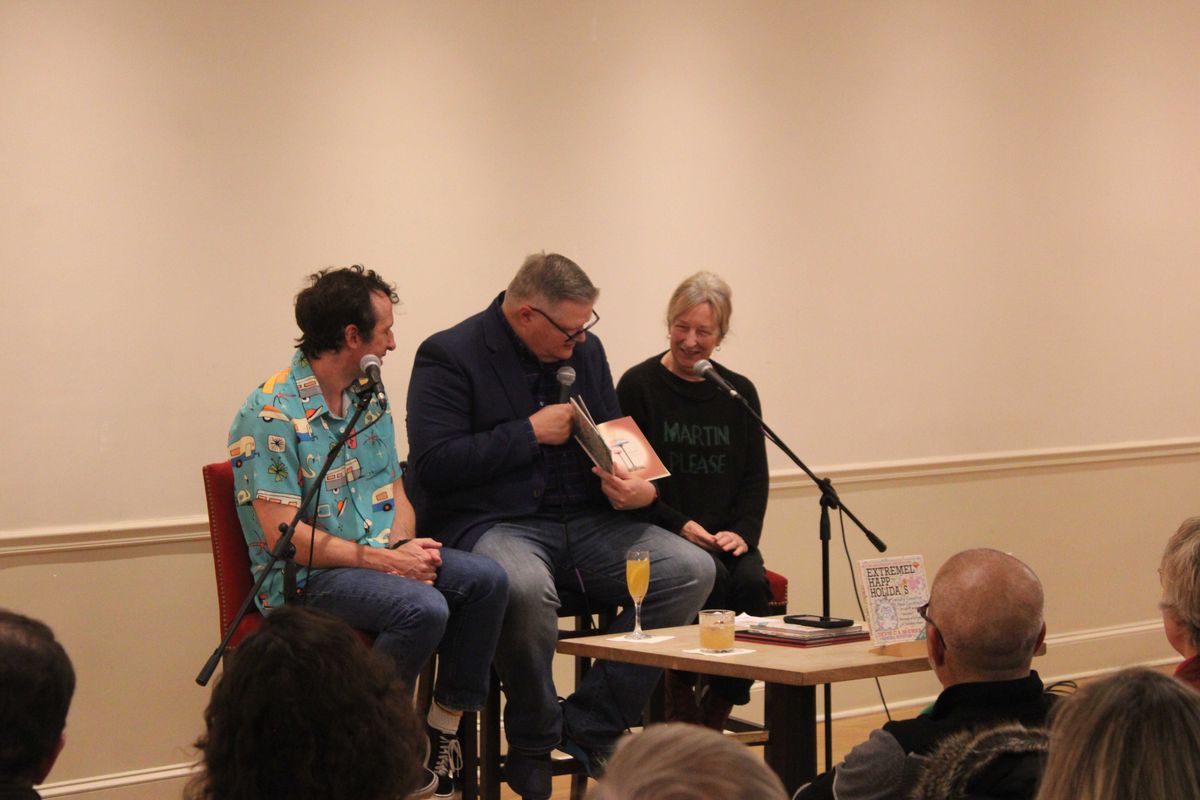
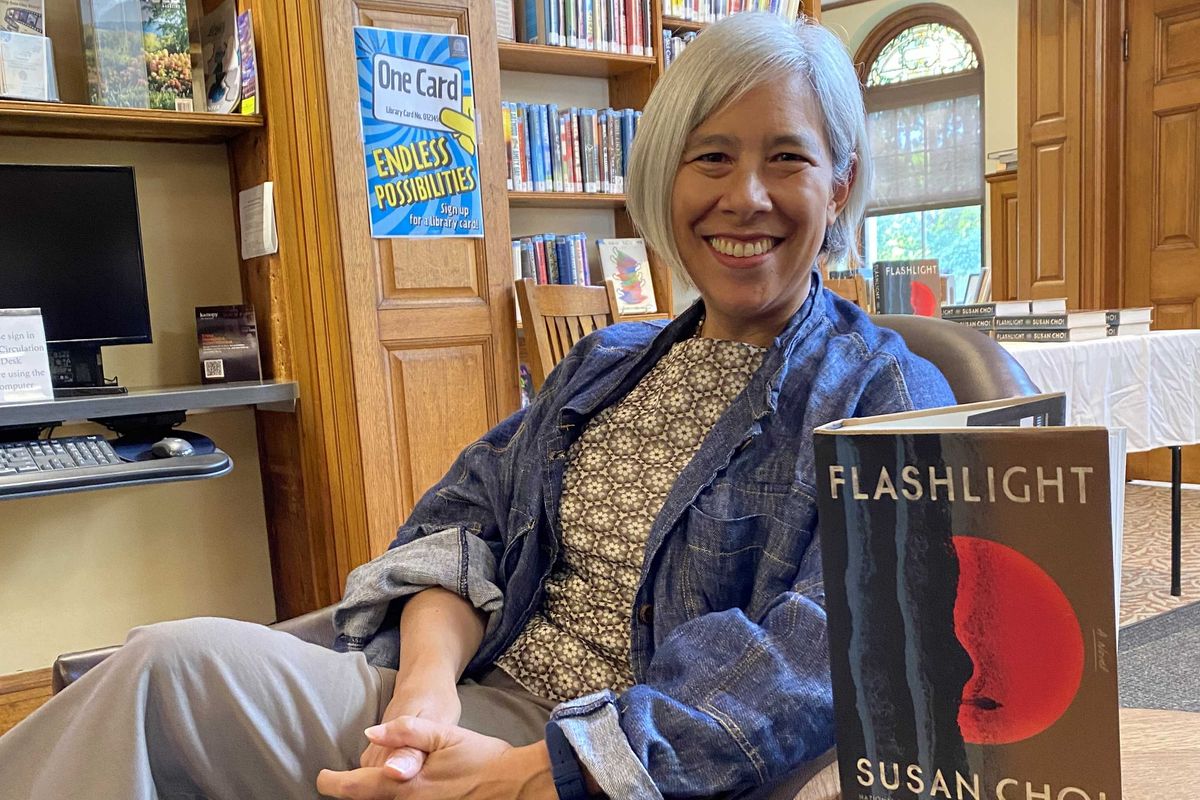



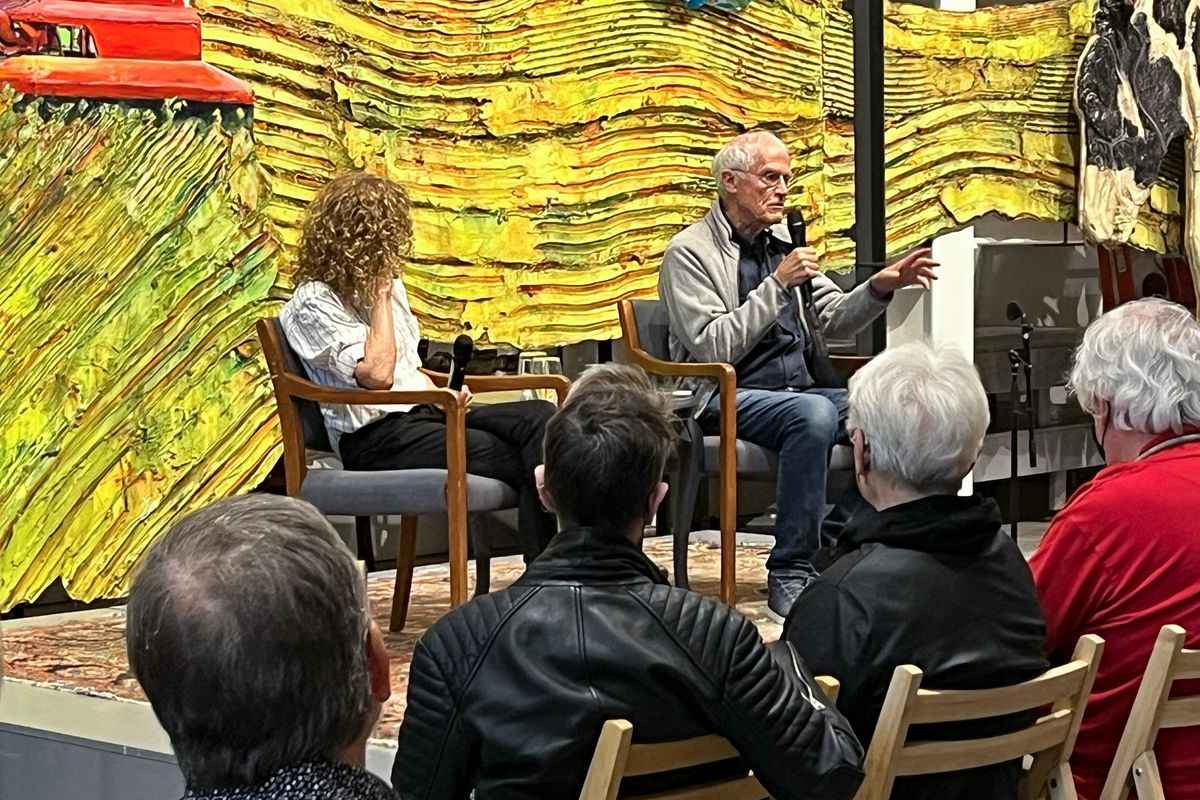

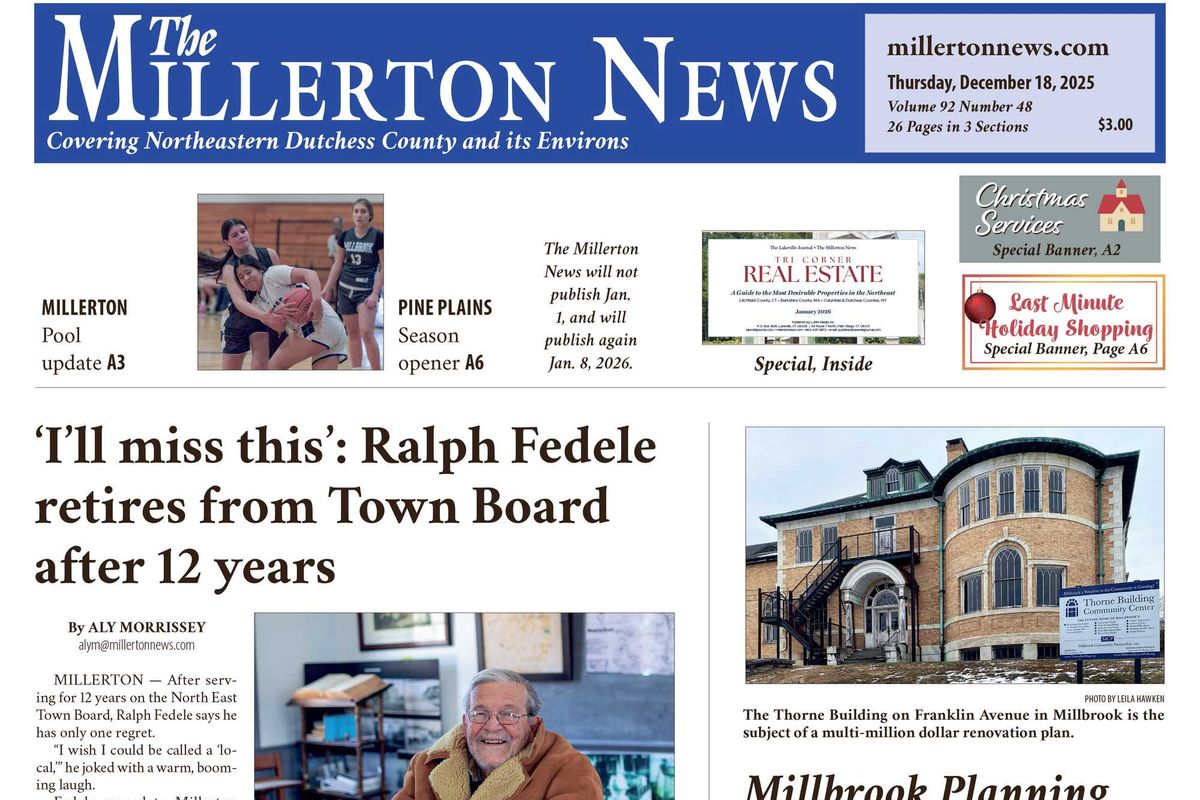

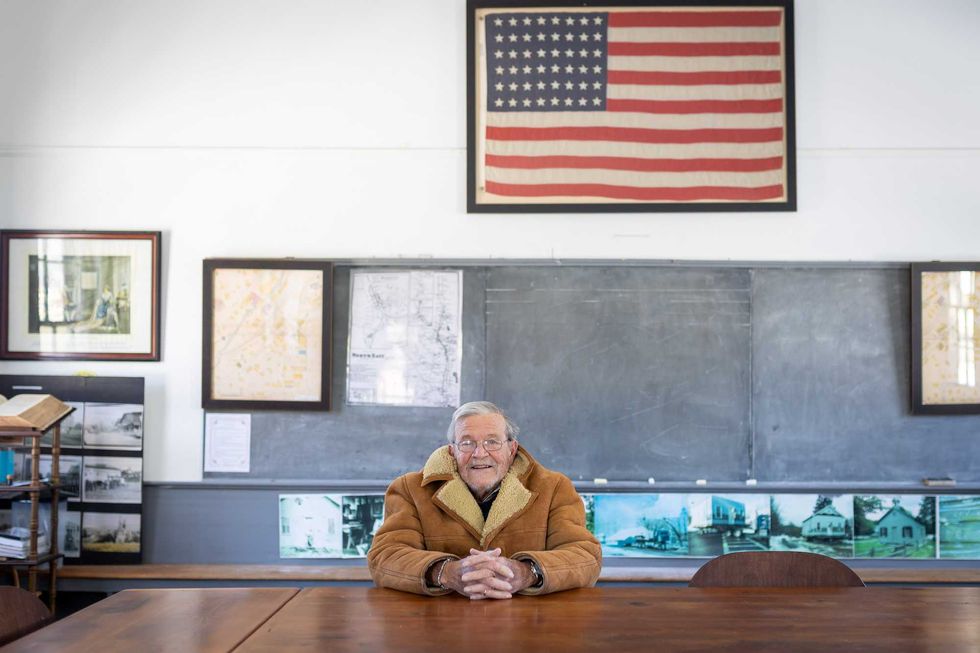 Ralph Fedele sits at a table in the historic Irondale Schoolhouse in downtown Millerton. Fedele led the effort to renovate and relocate the schoolhouse to the center of the village.Photo by Aly Morrissey
Ralph Fedele sits at a table in the historic Irondale Schoolhouse in downtown Millerton. Fedele led the effort to renovate and relocate the schoolhouse to the center of the village.Photo by Aly Morrissey




